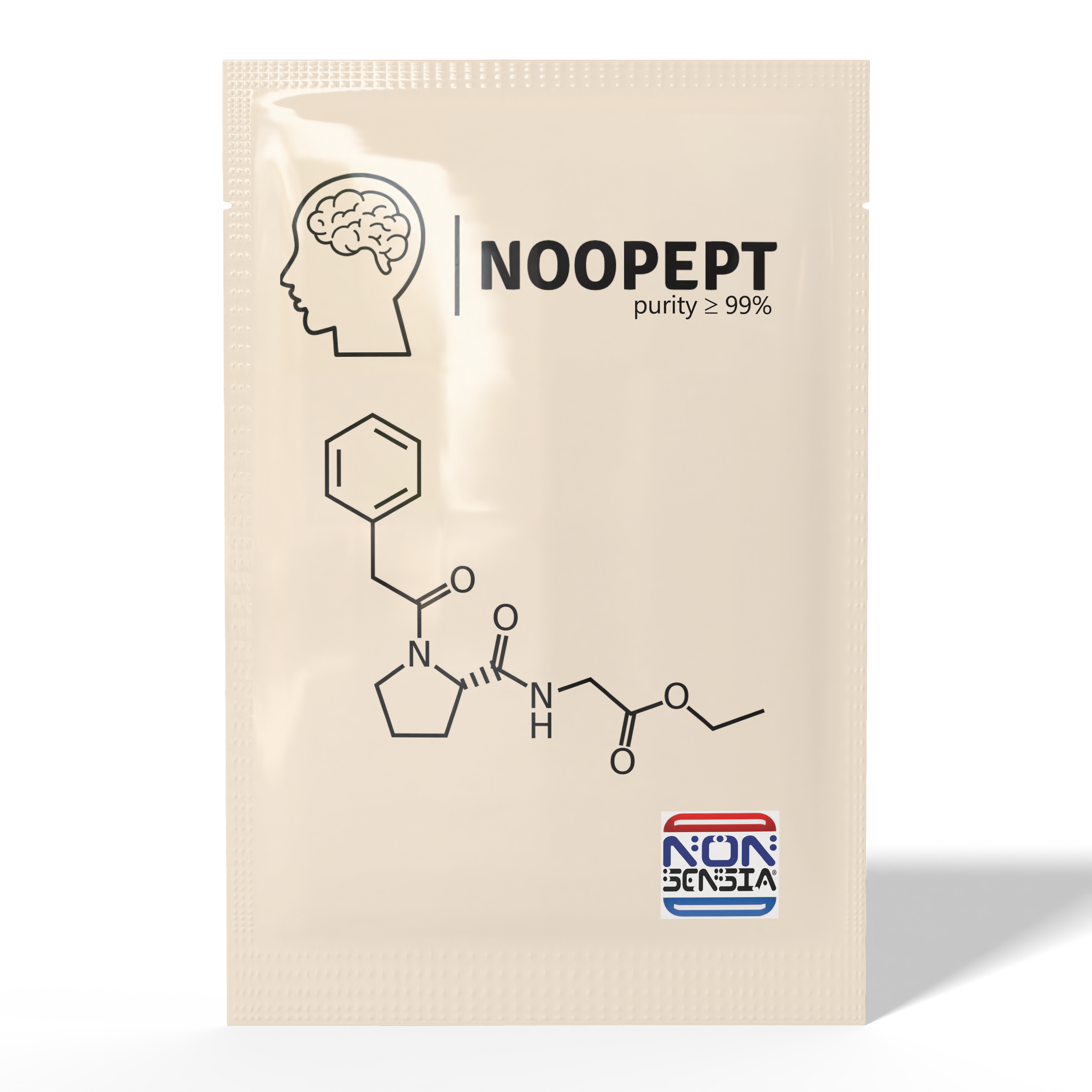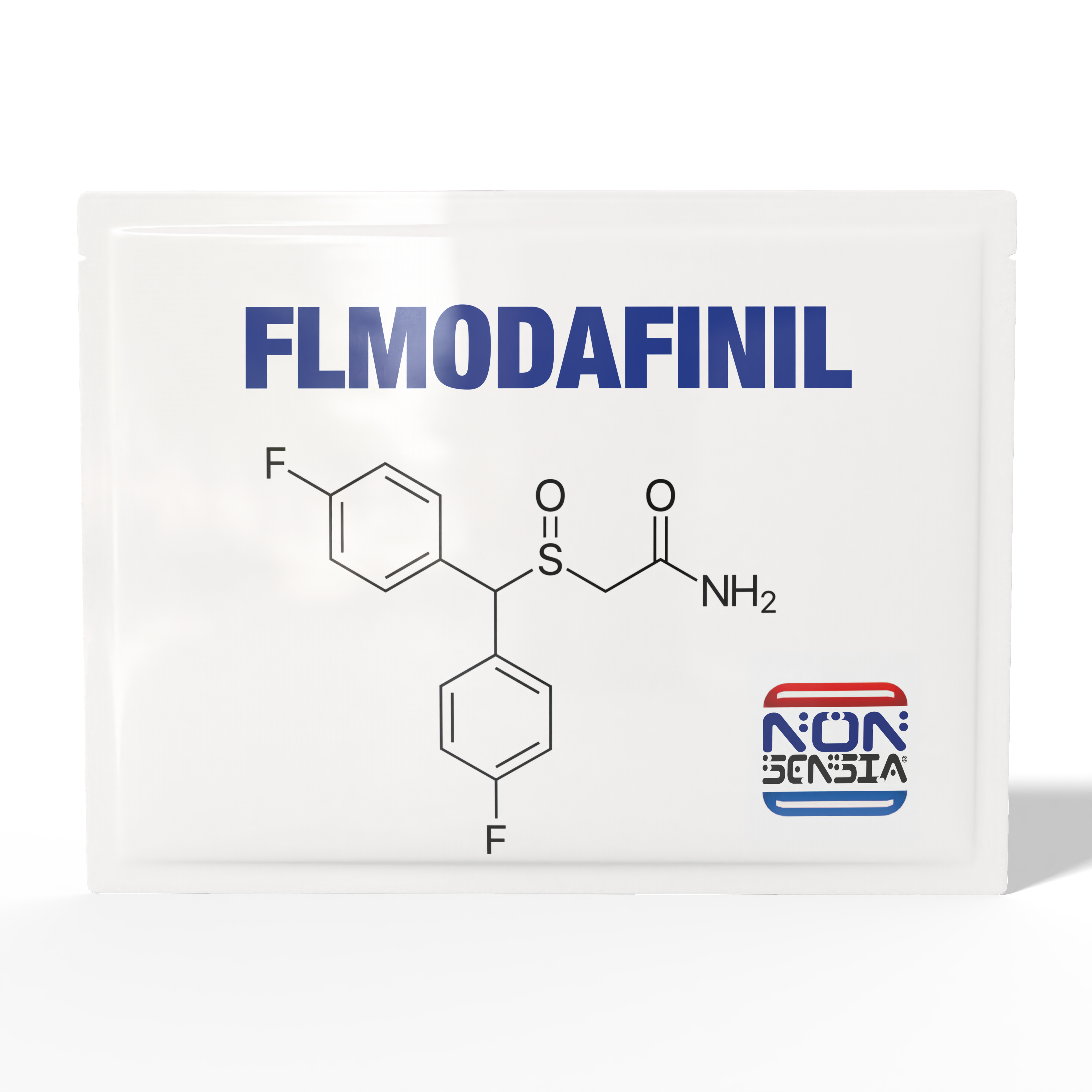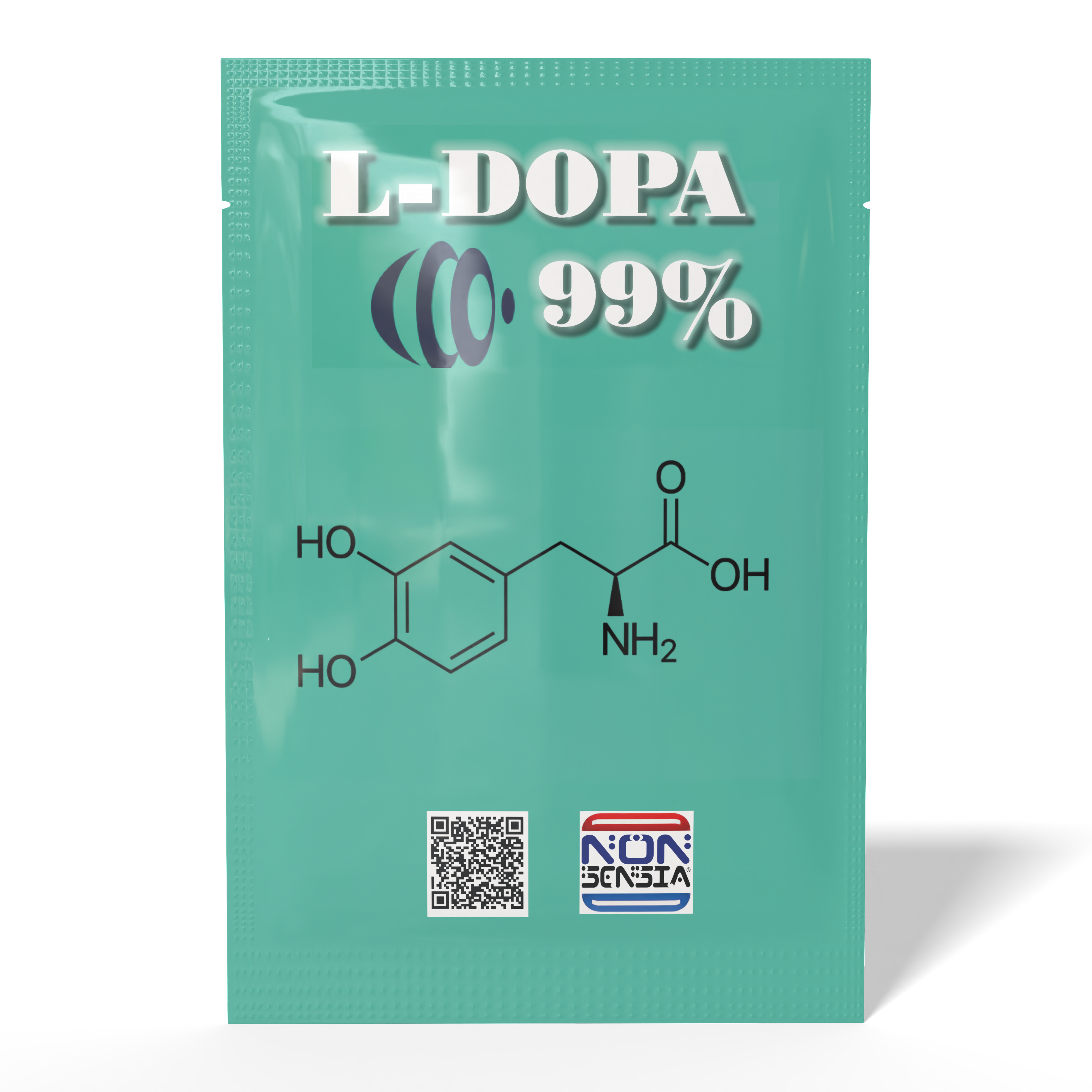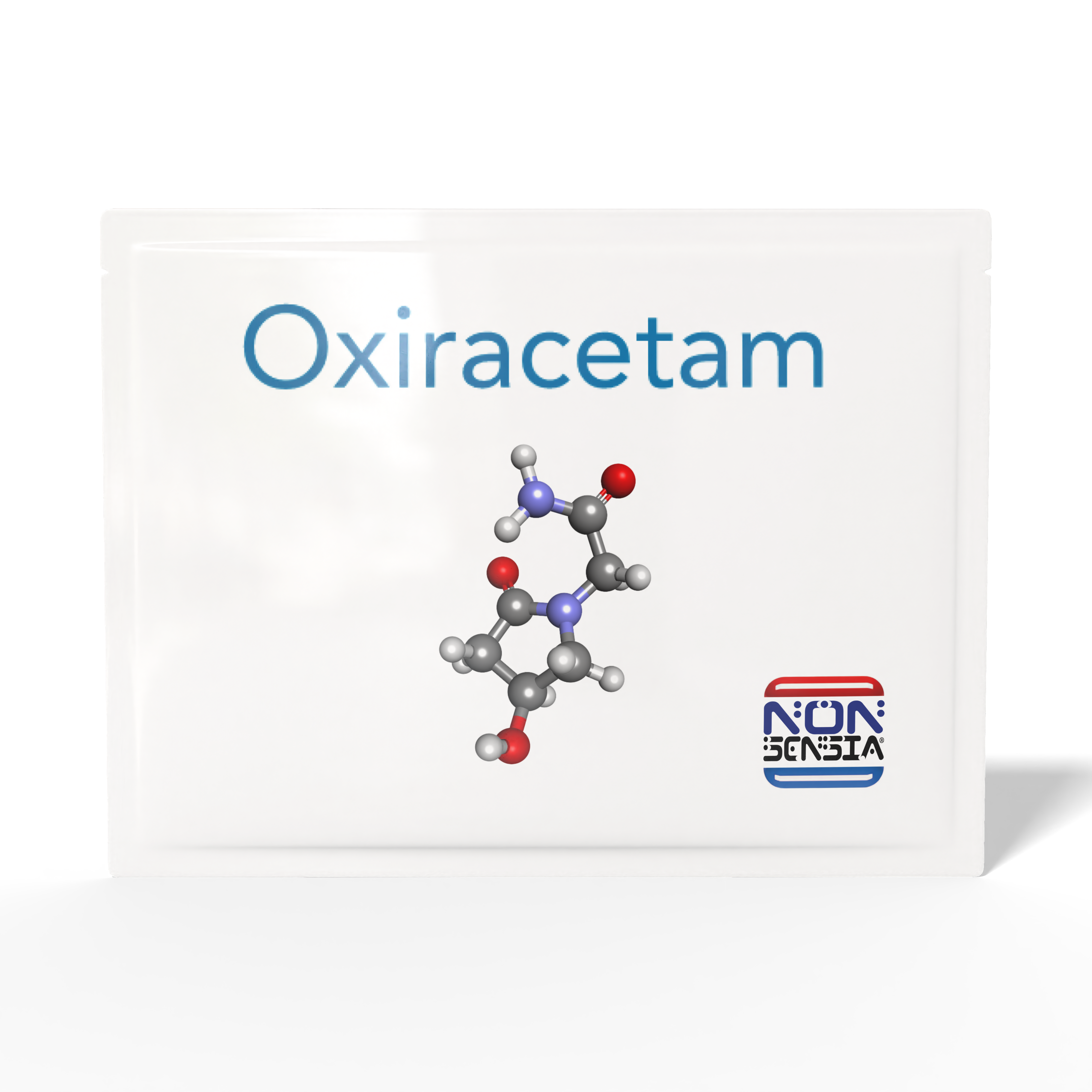Interaction with Cholinergic Receptors
Aniracetam is thought to enhance cognitive functions by interacting with cholinergic receptors, which play a critical role in memory formation and learning processes. These receptors regulate the activity of acetylcholine, a neurotransmitter associated with attention, memory, and neuroplasticity. By modulating this system, Aniracetam may boost synaptic efficiency, contributing to sharper cognitive performance.Activation of Glutamatergic Receptors
In addition to its cholinergic effects, Aniracetam also influences glutamatergic receptors, specifically AMPA receptors. These receptors are crucial for fast synaptic transmission in the brain and are heavily involved in processes like learning and memory consolidation. By enhancing AMPA receptor activity, Aniracetam supports the brain’s capacity to process and retain information more effectively.Potential to Enhance Neuroplasticity
Aniracetam may promote neuroplasticity—the brain's ability to form and reorganize synaptic connections, particularly in response to learning or injury. This effect can make it easier for users to adapt to new information, develop skills, and recover from cognitive impairments.Improved Cerebral Blood Flow
One of the proposed mechanisms of Aniracetam is its ability to improve cerebral blood flow. This increase in blood circulation may help deliver essential nutrients and oxygen to brain cells, enhancing overall brain health and cognitive function. Better blood flow is also associated with a heightened sense of mental clarity and alertness.Modulation of Neurotransmitter Activity
Researchers have observed that Aniracetam influences the activity of various neurotransmitters beyond acetylcholine and glutamate. For example, it may affect dopamine and serotonin levels, which link to mood regulation and stress reduction. These secondary effects can indirectly support cognitive performance by improving focus and reducing mental fatigue.
Anti-Anxiety Properties
Some studies suggest that Aniracetam may have anxiolytic (anti-anxiety) effects, potentially by modulating serotonin and dopamine pathways. By reducing anxiety, it allows users to focus more effectively on tasks, further supporting its reputation as a cognitive enhancer.Ongoing Research on Mechanisms
While existing research provides promising insights into how Aniracetam works, scientists have not fully understood its exact mechanisms. Scientists continue to study its interactions with neural pathways, exploring its potential benefits and limitations. Ongoing studies also aim to understand the compound's long-term effects, safety profile, and how researchers can optimize it for specific applications.
Synergistic Effects with Other Compounds
Aniracetam is often combined with other nootropics or supplements, such as choline, to amplify its benefits. These combinations may work synergistically to support neurotransmitter balance and overall brain health. Research on these synergies is still evolving, but anecdotal evidence suggests significant potential.Potential for Neuroprotection
Preliminary studies indicate that Aniracetam may exhibit neuroprotective properties by reducing oxidative stress and protecting neurons from damage. As a result, this effect could make it a valuable tool in preventing cognitive decline or supporting brain health in aging populations. Furthermore, its potential benefits may extend to improving overall cognitive function in individuals at risk for age-related neurodegenerative conditions.
The mechanisms of Aniracetam offer an exciting glimpse into its potential as a nootropic, but users should remain cautious and consult healthcare professionals to ensure safe usage tailored to individual needs.









